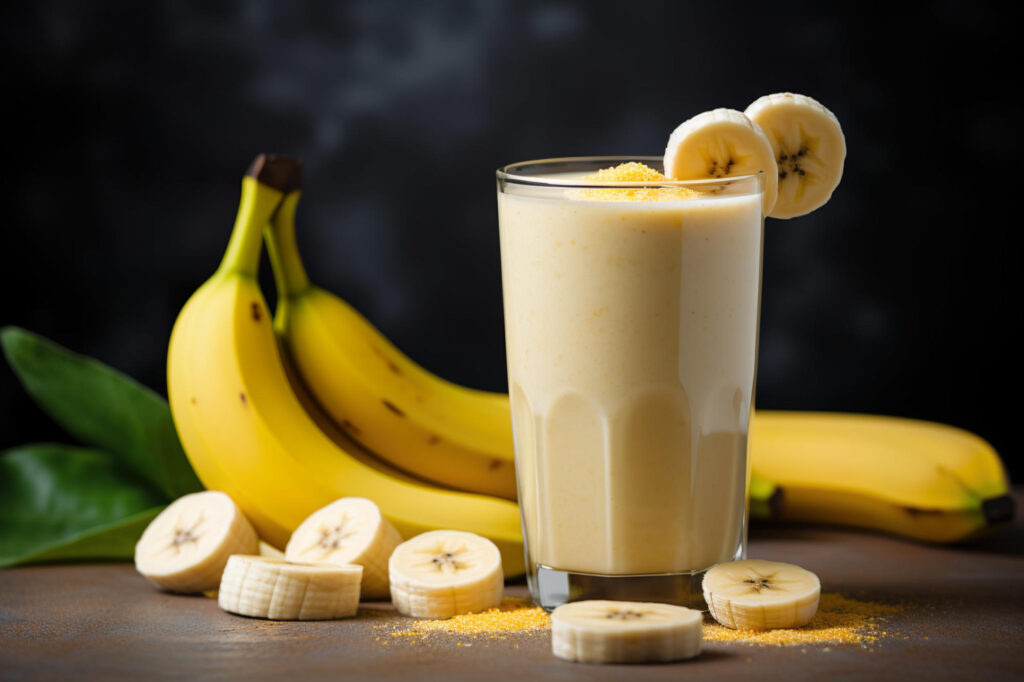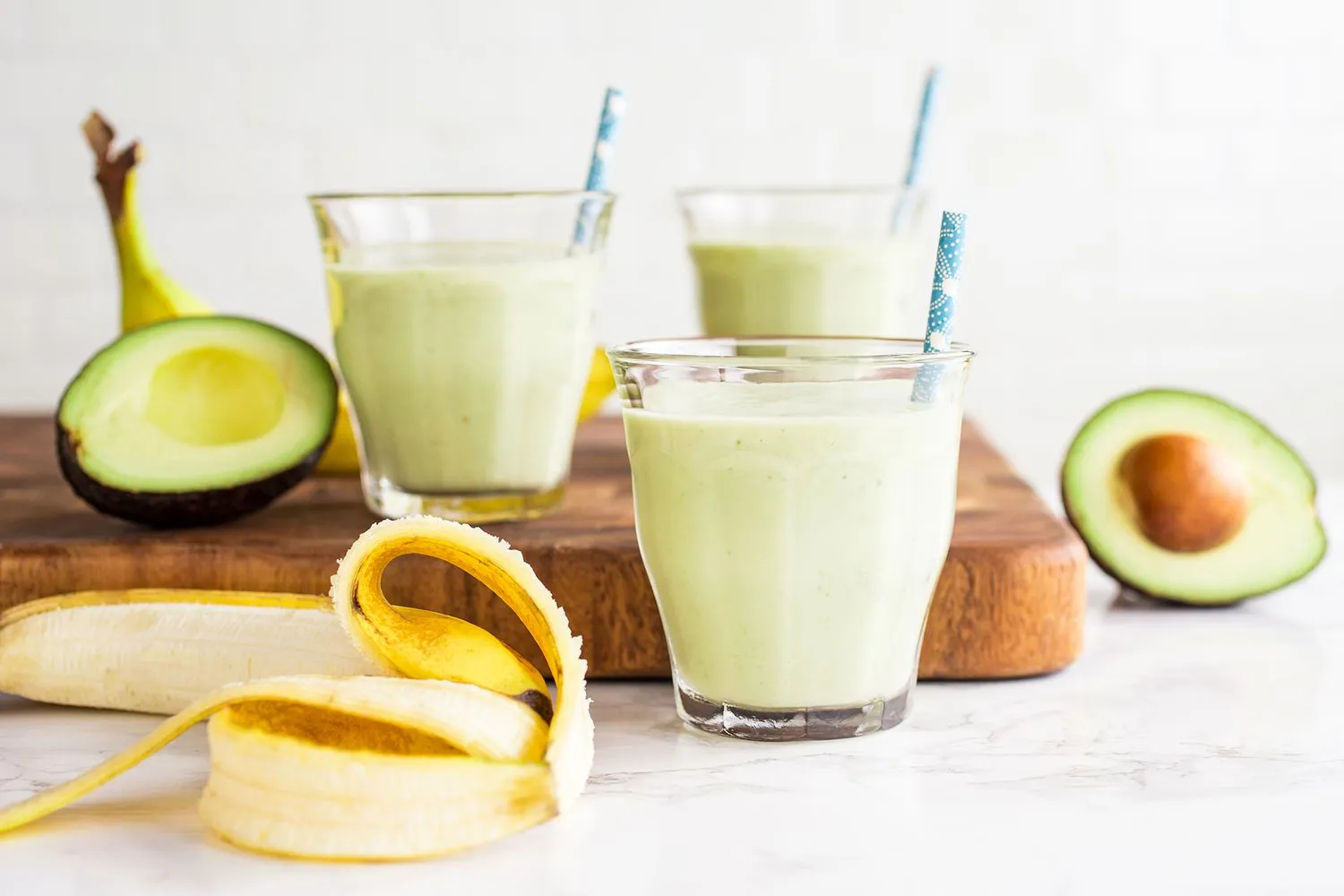Losing weight can be both a challenge and an opportunity for transformation.
If you’re looking for a delicious and nutritious way to shed those extra pounds, banana smoothies could be your secret weapon.
Packed with vitamins, minerals, and fiber, these smoothies not only satisfy your taste buds but also support your weight loss journey.
Here are 7 simple steps to help you harness the power of banana smoothies to achieve your weight loss goals.

Gather Your Ingredients
Before you start blending, gather all the ingredients you’ll need for your banana smoothie.
This typically includes:
Ripe bananas (fresh or frozen)
Low-fat or Greek yogurt
Almond milk or any preferred milk
Leafy greens like spinach or kale (optional)
Protein powder (optional for added satiety)
Having these ingredients ready ensures a smooth and hassle-free blending process.
Choose Your Banana Wisely
The key to a great banana smoothie lies in the bananas themselves.
Opt for ripe bananas as they are sweeter and blend more easily.
You can also freeze ripe bananas beforehand to create a creamier texture without needing ice.
Balance Your Smoothie
To ensure your banana smoothie supports weight loss, focus on balance. Include a good balance of macronutrients:
Protein: Helps keep you full longer and supports muscle repair.
Fiber: Aids digestion and promotes a feeling of fullness.
Healthy Fats: Adds creaminess and helps absorb fat-soluble vitamins.
Experiment with Flavors
Keep your smoothies exciting by experimenting with different flavors.
Add a handful of berries for antioxidants, a spoonful of honey or agave for sweetness, or a dash of cinnamon for added metabolism-boosting benefits.

Blend to Perfection
When blending your ingredients, start with the liquid base (like almond milk or yogurt), followed by the bananas and other fruits or vegetables. .
Blend until smooth and creamy, adjusting the consistency with more liquid if needed.
Enjoy Mindfully
Savor your banana smoothie mindfully, appreciating each sip and taking note of how it makes you feel. .
Drinking slowly allows your body to recognize when it’s full, preventing overconsumption.
Make It a Habit
Consistency is key when using banana smoothies for weight loss.
Make it a habit to incorporate smoothies into your daily routine, whether as a meal replacement or a healthy snack.
Monitor your progress and adjust ingredients as needed to suit your taste and weight loss goals.
Conclusion
In conclusion, banana smoothies offer a delicious and effective way to support your weight loss journey.
By following these 7 simple steps—gathering your ingredients, choosing ripe bananas, balancing your smoothie, experimenting with flavors, blending well, enjoying mindfully, and making it a habit—you can harness the nutritional benefits of bananas to achieve your fitness goals.

FAQs About Banana Smoothies for Weight Loss
FAQ 1: Can banana smoothies help me lose belly fat?
Banana smoothies can be part of a balanced diet that supports weight loss, including reducing belly fat.
However, it’s essential to complement smoothies with overall healthy eating habits and regular exercise.
FAQ 2: Can I have banana smoothies every day for weight loss?
Yes, you can enjoy banana smoothies daily as part of a healthy diet.
Just ensure they are balanced with other nutrients and not the sole source of your nutrition.
FAQ 3: Are banana smoothies high in sugar?
The natural sugars in bananas are balanced with fiber, which slows down sugar absorption.
To further balance sugar intake, avoid adding additional sugars and focus on whole fruits and vegetables.
FAQ 4: Can I add protein powder to banana smoothies for weight loss?
Yes, adding protein powder can increase satiety and support muscle repair and growth, which can aid in weight loss efforts.
FAQ 5: How many calories are typically in a banana smoothie?
The calorie count of a banana smoothie depends on the ingredients used.
Generally, a basic banana smoothie ranges from 200-400 calories, but this can vary based on added ingredients like yogurt, milk, or sweeteners.
